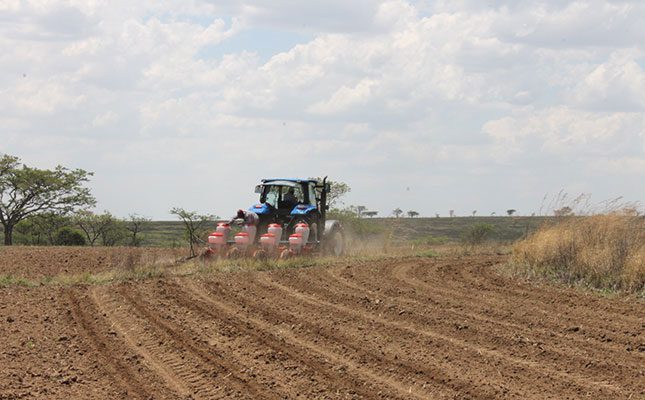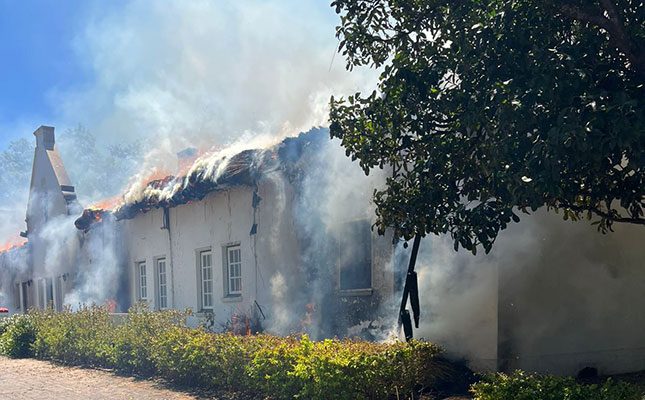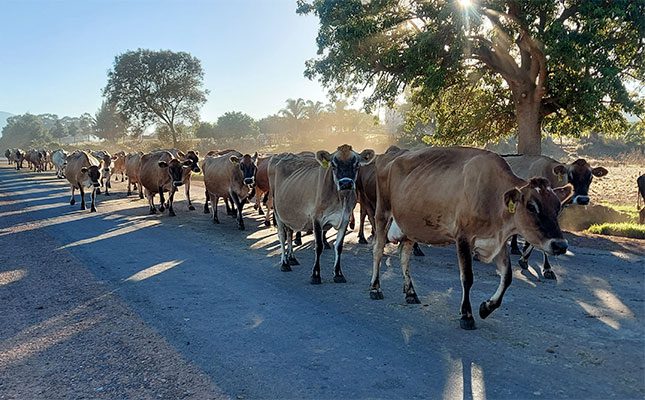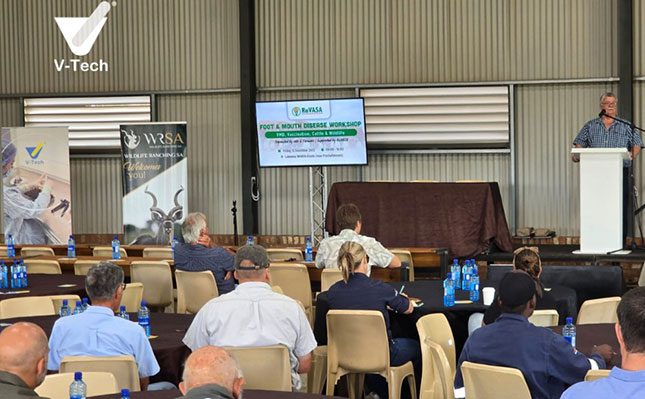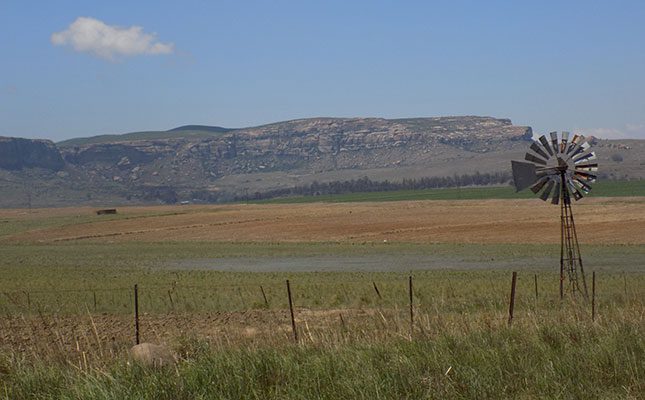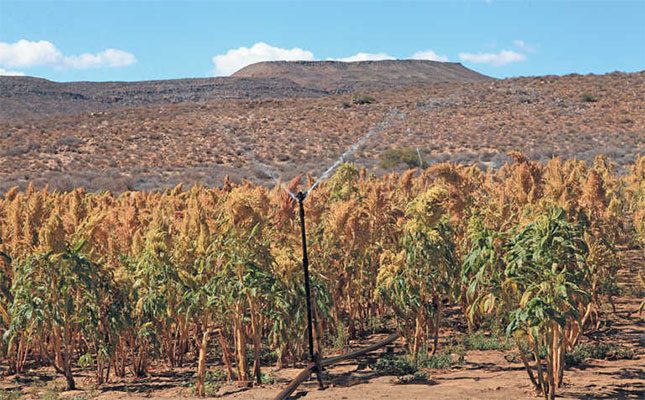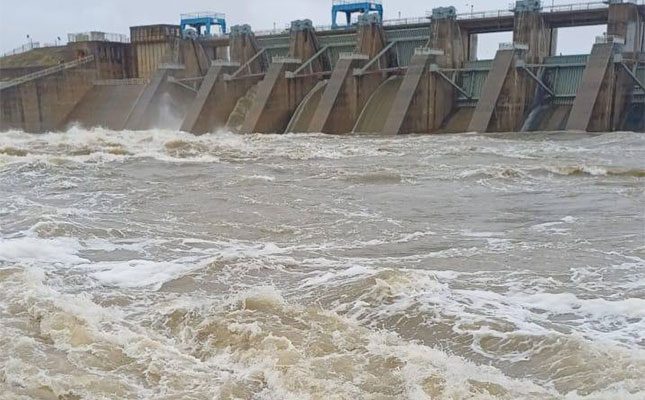
Photo: Facebook | Department of Water and Sanitation South Africa
However, Janse Rabie, legal and policy executive at Agri SA, told Farmer’s Weekly that while it was encouraging to see dam levels higher than they were a year ago, localised drought conditions and ongoing water restrictions highlighted the fragile nature of the country’s water security.
“We cannot overlook ongoing drought in parts of the Northern Cape, with various parts of the Eastern Cape also being subjected to water restrictions of up to 40% to conserve water. These areas require continued attention and support,” he said.
Rabie added that water in storage did not always translate into a usable supply: “It is not just about the quantity; the water also needs to be clean. This is currently a major issue in many parts of the country, largely due to infrastructural challenges and poor and often incapable service delivery.”
He warned that water quality tended to deteriorate towards the end of the season, when rivers in the summer rainfall region began to run low. This situation was often linked to outbreaks of waterborne diseases, such as the cholera cases reported in Pretoria, Gauteng, last year.
According to the latest data from the DWS, Eastern Cape dams dipped slightly from 82,5% to 82% over the past week, a marginal drop from the same time last year when levels were at 82,4%.
Dams in the Northern Cape, despite the province’s drought challenges, are slightly down from last week’s 97,1% to 96,7% this week, but significantly higher than last year’s 73%.
Free State dam levels are slightly down from 101% to 100,8%, but substantially higher than last year’s 84,7%; while Gauteng dam levels dipped from 101,4% to 101,2%, but were at 87% last year.
North West dam levels fell marginally from 100,9% to 100,8% this week, but were far lower at 72,6% a year ago. Limpopo levels declined from 87,2% to 87,1%, yet remain higher than last year’s 80,8%; while Mpumalanga dam levels declined from 99,2% to 99% this week, compared with 93,6% at the same time a year ago.
Dams in KwaZulu-Natal maintained their levels at 97,5% over the past week, up from 89,4% a year ago.
In the Western Cape, which is a winter rainfall region, dam levels increased from 68,4% to 74,5% over the past week, which was slightly higher than the 72,4% measured at the same time a year ago.
Jannie Strydom, CEO of Agri Western Cape, welcomed the recent rainfall in the province, noting that the agriculture sector had so far been spared the flood damage experienced over the past couple of years.
“The soft, penetrating rains have been good for grain production, and we are grateful for the reprieve,” he added.
Meanwhile, the National Agro-meteorological Committee Advisory on the 2025 winter season indicated that the El Niño-Southern Oscillation was currently in a neutral phase and was forecast to remain so for the foreseeable future.
While this was expected to bring climatic stability, below-normal rainfall was predicted in the winter rainfall areas towards late winter and into spring, while the east coast areas could receive above-normal rainfall towards spring.
In addition, most regions were likely to experience above-normal temperatures.


